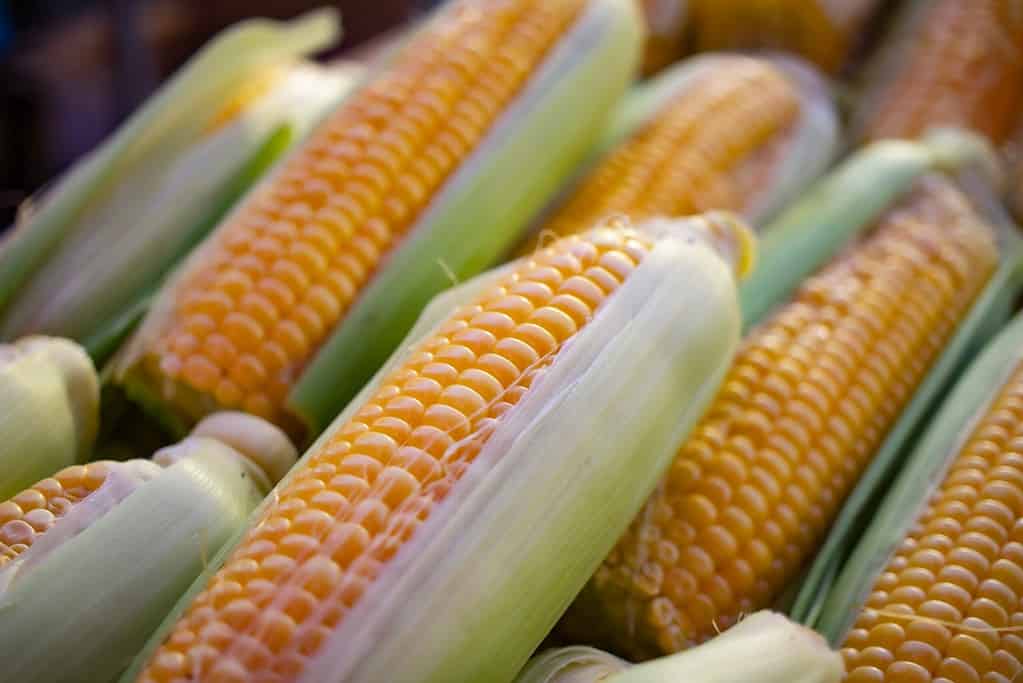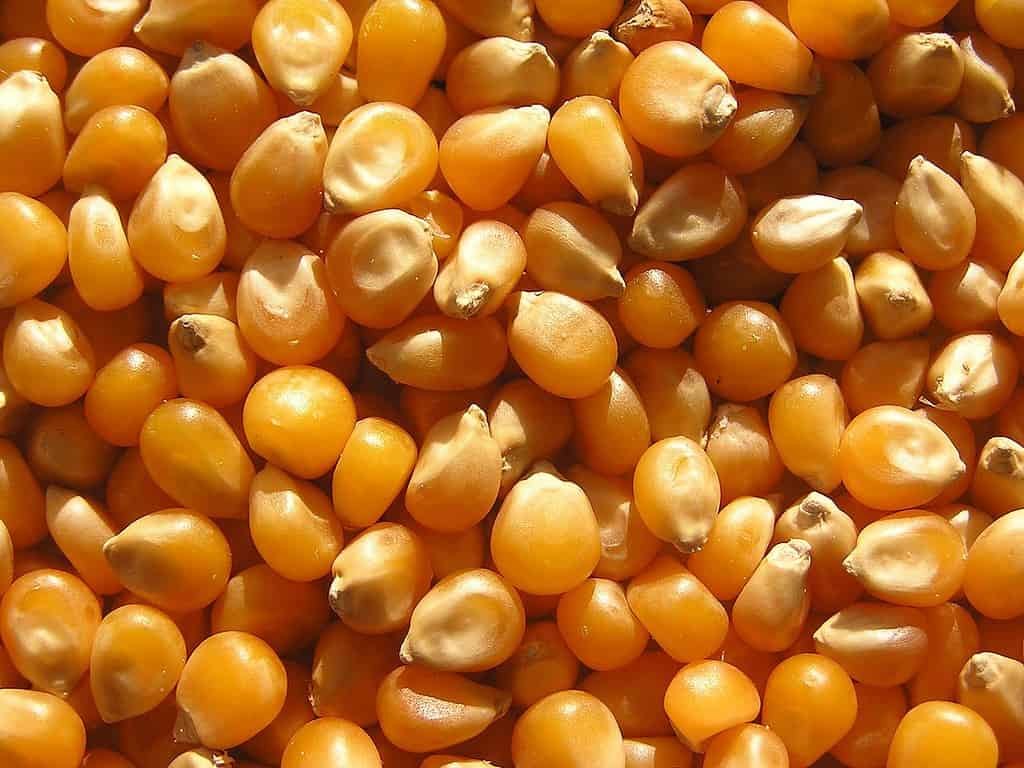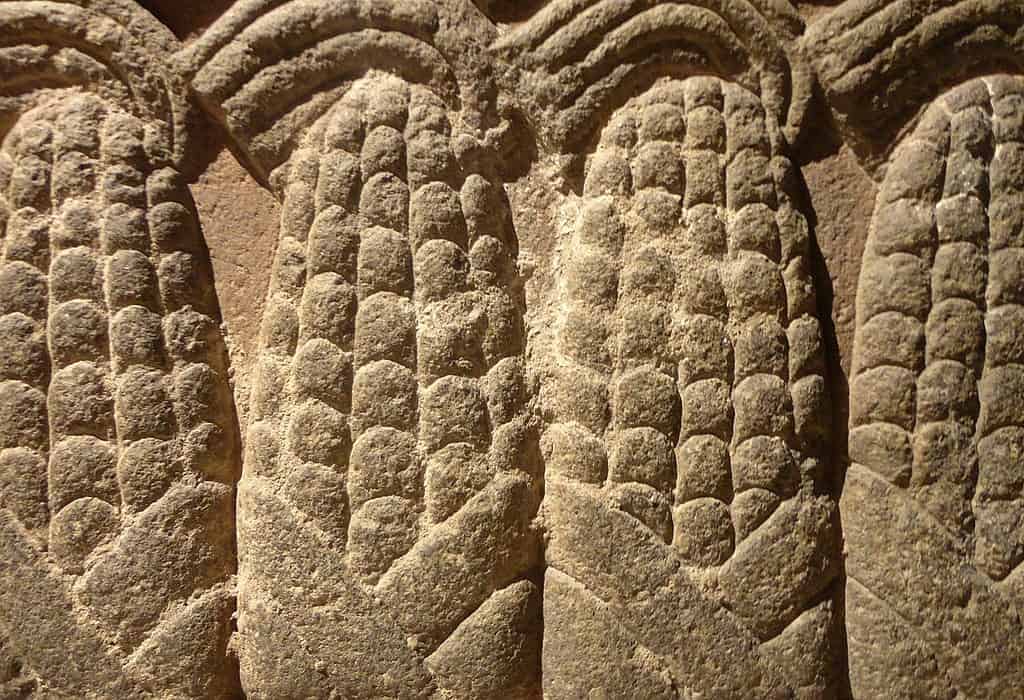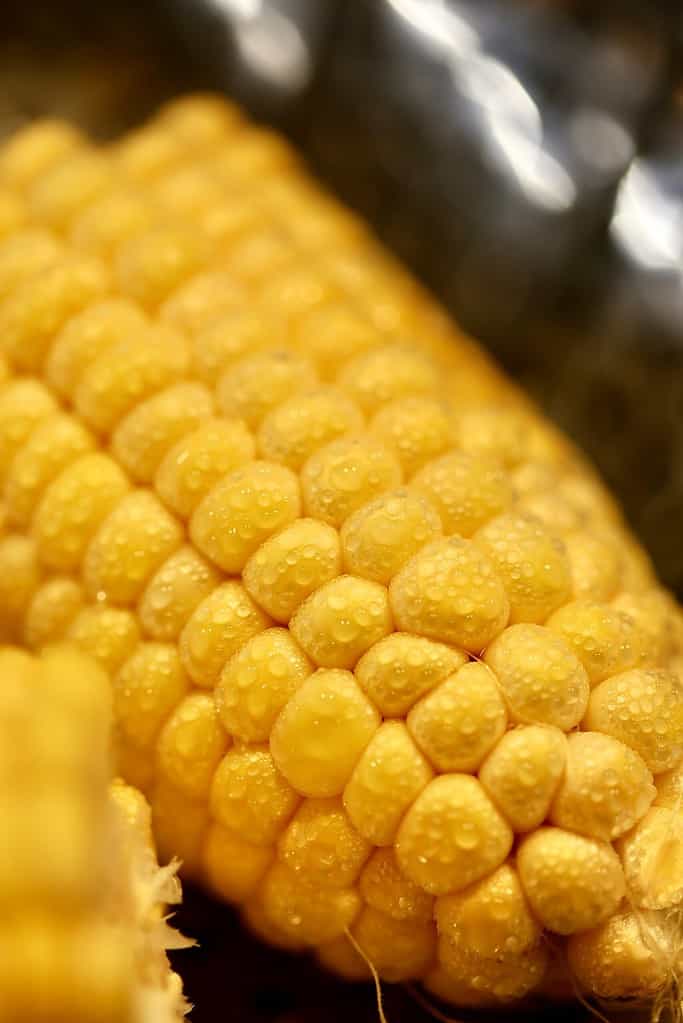
Here’s the thing: corn is a vegetable. Corn is also a fruit. Corn is also a grain. It depends on how you use it, when it is harvested, and how you look at it. Confused? Well, let’s clarify things.
Corn, also known as maize, is a staple crop in many parts of the world. From its use in tortillas to popcorn, this versatile grain has become a part of the daily diet of millions of people. But there is an ongoing debate about whether corn is a vegetable, fruit, or grain.
So, is Corn a Vegetable or a Fruit? Or a Grain?
The answer to this question is not straightforward. Botanically speaking, corn is a grain. But in culinary terms, it’s often referred to as a vegetable, and sometimes, even treated as a fruit. This is because corn is typically eaten as a side dish or added to salads, soups, and stews, which are all dishes that feature vegetables prominently.
But it’s not just about how corn is eaten, also how it is grown and harvested. Let’s take a step back.
When corn is harvested as a fully mature and dry plant, it’s a grain. Not just a grain, but a whole grain at that. But if you harvest corn before it reaches full maturity, it’s a different story.
Technically, you could call all cereals vegetables. For farming practices, however, we distinguish between grains and vegetables.
Corn that is harvested before reaching maturity is considered a vegetable. Essentially, vegetables are plants grown for eating parts like leaves, flowers, stems, or roots. So fresh corn (corn on the cob, frozen corn kernels), which is soft and has kernels full of liquid, is considered a starchy vegetable.
Botanically speaking, however, corn is a fruit. That’s right, corn falls into the same category as the familiar tomatoes, green peppers, cucumbers, zucchini and other squashes. The cob is somewhat similar to a multiple fruit, although the individual fruits (the kernels) never fuse into a single mass.

So if you’re looking for a straight answer, there really isn’t one. Corn can be a vegetable, a fruit, or a grain, depending on when it’s harvested and what your perspective is. This is probably a testament to just how versatile this crop really is.
Corn History
In fact, corn is one of the most widely produced grains in the world, with a wide variety of uses, from animal feed to biofuels. But it wasn’t always like this.
“Native Americans of North and Central America were growing corn for several thousands of years before European
settlers arrived. In fact, North American Indians saved the first early settlers from starvation by sharing their stored
corn with them,” explains Traci L. Armstrong from the University of Arizona.
But the history of corn goes back way beyond the settlers.

Corn is believed to have originated in Mexico around 9,000 years ago. Sort of. What that means is humans first started selectively breeding corn some 9,000 years ago. But even that is not exactly correct. Humans weren’t growing corn, they were growing teosinte — the ancestor of corn. Nonetheless, humans and corn go back a long time.
Archaeological evidence shows that corn itself was grown at least 6,700 years ago. But it still wasn’t the corn you know today. In those early days, people grew corn to ferment an alcoholic drink from it. Today, some vodkas and other drinks also use corn, but it’s more familiar as a food than as a drink.
The ancient Mayan and Aztec civilizations considered corn to be a sacred crop and used it in many of their religious ceremonies. Unfortunately, some of these ceremonies involved human sacrifices. Yes, the history of corn is pretty bloody.
When the Europeans arrived in the Americas, they introduced corn to other parts of the world, and it soon became a staple crop in many countries. Because it is so adaptable, corn quickly became a favorite in Europe. Today, corn is grown in almost every part of the world and is used in a wide variety of culinary dishes. There are numerous varieties and cultivars.
Corn has also changed a lot since the good old days. The earliest maize plants grew only small, 25-millimeter-long (1 in) corn ears, and only one per plant. Nowadays, through selective breeding, corn has become much larger and more nutritious, being at least 1,000 times larger than its wild progenitor.
Is Corn Healthy?
From a nutritional standpoint, corn is a rich source of fiber, vitamins, and minerals. It’s also low in fat and calories. All in all, corn can definitely be a part of any healthy diet. But there are some caveats.
Corn consists mostly of insoluble fiber. This means you don’t digest a lot of it, which is not that bad. Fiber is the most underappreciated superfood. It’s also a low-glycemic index food. This means the parts of it that you do digest you digest slowly and it doesn’t cause blood sugar spikes.
The nutritional values can vary significantly (so take these with a grain of salt, like corn) but according to the USDA, 100gr of yellow corn grain contains:
| Nutrient | Amount per 100g | Percentage of Daily Value |
|---|---|---|
| Calories | 365 kcal | 4.3% DV |
| Carbohydrates | 74.26 g | 6.1% DV |
| Protein | 9.4 g | 5.8% DV |
| Fat | 1.2 g | 1.7% DV |
| Fiber | 7.3 g | 8.6% DV |
| Sugar | 0.6 g | N/A |
| Calcium | 7 mg | 0.2% DV |
| Iron | 2.71 mg | 2.8% DV |
| Magnesium | 127 mg | 9.1% DV |
| Phosphorus | 89 mg | 12.7% DV |
| Potassium | 286 mg | 5.8% DV |
| Sodium | 34 mg | 0.6% DV |
| Zinc | 2.21 mg | 3.6% DV |
| Vitamin B6 | 0.622 mg | 7.5% DV |
| Folate | 19 μg | 9.1% DV |
| Niacin: | 3.627 mg | 1.1% DV |
As you can see above, corn contains a lot of minerals and vitamins, and it has fiber and antioxidants, it’s got protein and good carbs, it’s low in fat. It really is a healthy food. It’s also rich in Vitamin C and antioxidants — no wonder it’s become so popular!
However, much of the corn we eat is processed. That means you don’t just eat corn — you eat corn and other stuff.
Take for instance the notorious high-fructose corn syrup (HFCS), which is manufactured from corn syrup. That’s not corn. That’s something made from corn, and it’s absolutely not healthy. In fact, corn is often sold with sweeteners, which can be a problem. Too much sugar is bad for you and is linked to obesity.
Other products like popcorn or tortillas or corn chips or corn flakes are also processed. This doesn’t automatically make them unhealthy, but in practice, it usually does.
Healthy and unhealthy corn
If you want to eat healthy corn, make sure you opt for unprocessed foods that contain only a few ingredients. Here are just a few examples:
- Fresh sweet corn on the cob
- Popcorn kernels
- Corn tortillas made from ground corn, water, and lime
- Cornmeal used to make homemade cornbread or muffins (low in sugar)
- Whole-grain corn flakes or puffed corn cereal (without sugar)
- Canned corn that contains only water and salt as ingredients
- Frozen corn kernels without any added sauces or seasonings
- Corn on the cob that has been boiled, grilled, or roasted without added butter or oils
- Corn salsa made with fresh corn, tomatoes, peppers, onions, and herbs
- Corn-based salads with mixed greens, beans, and a variety of vegetables
- Homemade corn chips made by baking or frying corn tortillas and cutting them into triangles
In contrast, here are some examples of products that are processed and, on average, more unhealthy:
- Corn chips or tortilla chips that contain added oils, salt, and artificial flavors or colors
- Canned creamed corn that contains added sugars, salt, and preservatives
- Packaged cornbread or muffin mixes that contain added sugars, oils, and preservatives
- Corn-based snack foods like cheese puffs, corn curls, and corn-based crisps that contain high amounts of salt, unhealthy fats, and artificial ingredients
- Corn syrup, high-fructose corn syrup, and other corn-derived sweeteners that are often added to processed foods like soda, candy, and baked goods
- Corn starch, which is a refined and heavily processed form of corn, often used as a thickener in processed foods like soups, gravies, and sauces
- Corn oil, which is a highly refined oil that is often used in processed foods and has been linked to increased inflammation and risk of heart disease when consumed in excess
- Corn-based processed meats like hot dogs and sausages, which often contain corn syrup, corn starch, and other additives to improve texture and flavor
- Pre-made frozen corn dishes that are often high in sodium and contain added preservatives and flavors
Different Types of Corn
There are many different types of corn, each with its own unique characteristics and culinary uses. Some of the most common types of corn include:
- Sweet corn: This is the type of corn that is most commonly consumed in the United States. It is often eaten on the cob or canned, and is known for its sweet, juicy flavor.
- Dent corn: This is the type of corn that is most commonly used for animal feed and industrial purposes. It gets its name from the indentation that forms in each kernel as it dries.
- Flour corn: This type of corn is often used for making cornmeal and flour, and is typically a lighter shade of yellow than other types of corn.
- Popcorn: This is the type of corn that is used for making popcorn. It has a hard outer shell that allows it to pop when heated.
Corny thoughts
So, is corn a vegetable? A fruit? A grain? The answer is all of the above, depending on how you define these terms.
Human definitions are often imperfect and this typically makes little difference.
Regardless of how you classify it, corn is an important crop that has played a significant role in the history and culture of the United States. Whether you prefer your corn on the cob, in a salad, or popped in a movie theater, there’s no denying that this versatile crop is a beloved part of global cuisine.
Corn can be very healthy, so enjoy it as part of your diet. Just make sure you stay clear of sugar and other unhealthy additives.







